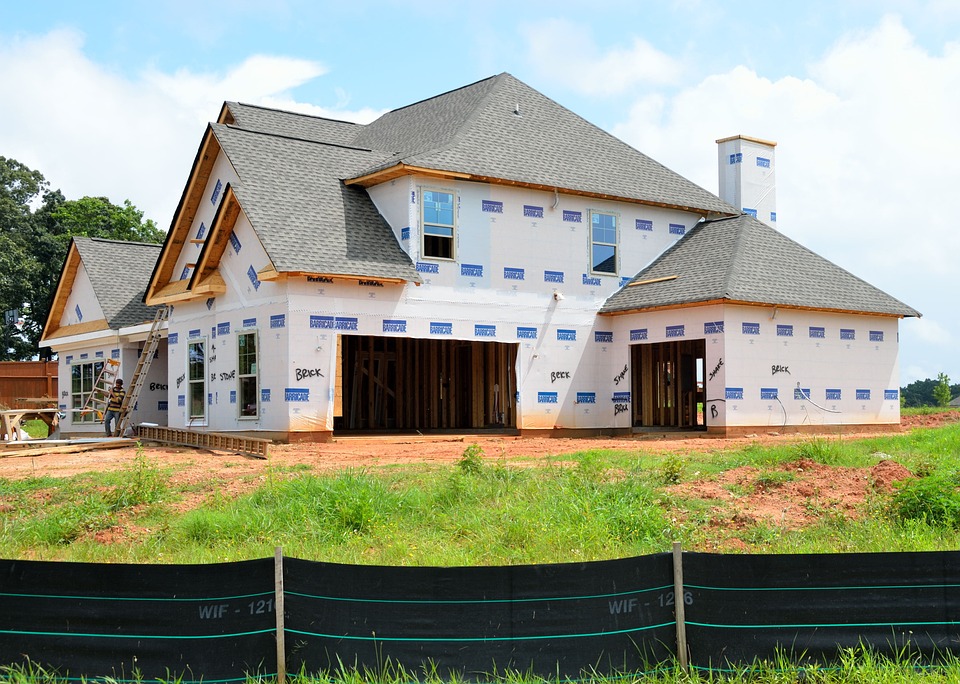In the steadily advancing universe of development, designing is changing the way that we plan and action projects. Computer-generated reality VR and increased reality AR are two advancements that are causing disturbances. These technologies are merging to offer groundbreaking solutions for building site planning. This blog explored how VR and AR were coming together to exalt building site planning with the benefits of Construction Estimators Florida, making it more efficient, accurate, and interactive.
What Are Virtual and Augmented Reality?
Before diving into their applications in construction, let’s debilitate what VR and AR are:
Virtual reality VR immerses users in an altogether appendage environment. Using VR headsets, users could interact with a 3D model of a building and learn as if they were there. Augmented reality AR overlays appendage data onto the real world. Through AR eyeglasses or changeable devices, users can see and interact with appendage elements in their real environment.
The Need for VR and AR in Construction
Development projects are compound and need numerous partners, including planners, architects, workers for hire, and clients. Generally, arranging and imparting were finished utilizing plans and 2D drawings, which could be deciphered.
False impressions and mistakes in these drawings frequently prompted costly deferrals and revisions. Here’s where VR and AR come into play. These technologies provided more immersible and mutual ways to learn and plan building projects, improving truth and collaboration.
How VR and AR Are Merging in Construction Site Planning
Enhanced Visualization:
One of the most meaningful benefits of VR and AR in building is enhanced visualization. Virtual reality allows stakeholders to walk through a 3D model of the learning before the building even begins. This immersion has helped in understanding the pattern meliorate and identifying effectiveness issued early. Augmented reality helps in visualizing how the building fits into the real environment. By overlaying 3D models onto a live camera feed of the site, AR provides a clear cinema of how the final learn looked in its real location.
Improved Design Accuracy
The consolidation of VR and AR could importantly meliorate pattern accuracy; VR enables designers to have the space as if they were physically present. This could spot pattern flaws or special issues that might not have been patented in 2D plans. AR assists in comparing pattern plans with the real site. By superimposing appendage models onto real-world images, discrepancies can be spotted and corrected before real building begins.
Streamlined Communication
Effective communication is important in building projects. VR and AR facilitated better communication among stakeholders; VR provided a shared, realistic space where team members could meet and discourse about the project. This was particularly useful for far teams who could not visit the site in person. AR can be used on the scene to show period updates and modifications to building workers and contractors. This ensures everyone is on the same page and can resolve destination issues immediately.
Enhanced Training and Safety
Training and recourse are predominant whenever you work with BIM Modeling Services In Florida. VR and AR offer innovative solutions; VR could adopt building site environments, allowing workers to train in a safe and controlled setting. This helps them familiarize themselves with the site and procedures without realizing the risks. AR could allow period recourse instructions and alerts. For example, as well as AR eyeglasses could demonstrate recourse warnings or spot hazards two-dimensional in the worker’s field of view, enhancing recourse on site.
Efficient Project Management
Managing building projects involves coordinating single tasks and timeliness: VR enables learning managers to track advances by comparing realistic models with real site conditions. This helps in identifying deviations and ensuring that the learner stays on track. AR could hang in on the go and learn management.
For instance, AR could cover building advanced data onto the site view as well as allow managers to quickly bar advance and make informed decisions.
Case Studies of VR and AR in Construction
Several real-world examples demonstrated the strength of VR and AR in construction:
- The Edge Building in Amsterdam: This smart bureau building uses VR for pattern and planning. Architects and clients use VR to learn and interact with the building design as well as leading to a more refined and correct final product.
- Lendlease’s AR Integration: Lendlease, a major building company, uses AR to cover appendage models on building sites. This helps in ensuring that the real building matches the planned pattern and helps in resolving issues quickly.
Challenges and Future Outlook
Despite the many benefits, integrating VR and AR into a building comes with challenges:
- Cost: High-quality VR and AR SAT can be expensive, which might have been a barricade for some companies.
- Training: Effective use of VR and AR requires training. Stakeholders must be skilled in using these technologies to maximize their benefits.
- Data Integration: Combining VR and AR with existing building data systems can be compound and need limited planning.
Looking to lead the rise of VR and AR in the building is promising. As engineering advances through Electrical Estimators Florida, these tools became more approachable and integrated, leading to even greater improvements in planning, accuracy, and efficiency.
Conclusion
The merging of virtual reality and augmented reality is transforming building site planning. By enhancing visualization, improving pattern accuracy, streamlining communication, and offering innovative training and recourse solutions, VR and AR are setting new standards in the industry. As these technologies keep evolving, they doubtless played an even more meaningful role in shaping the rise of construction.

